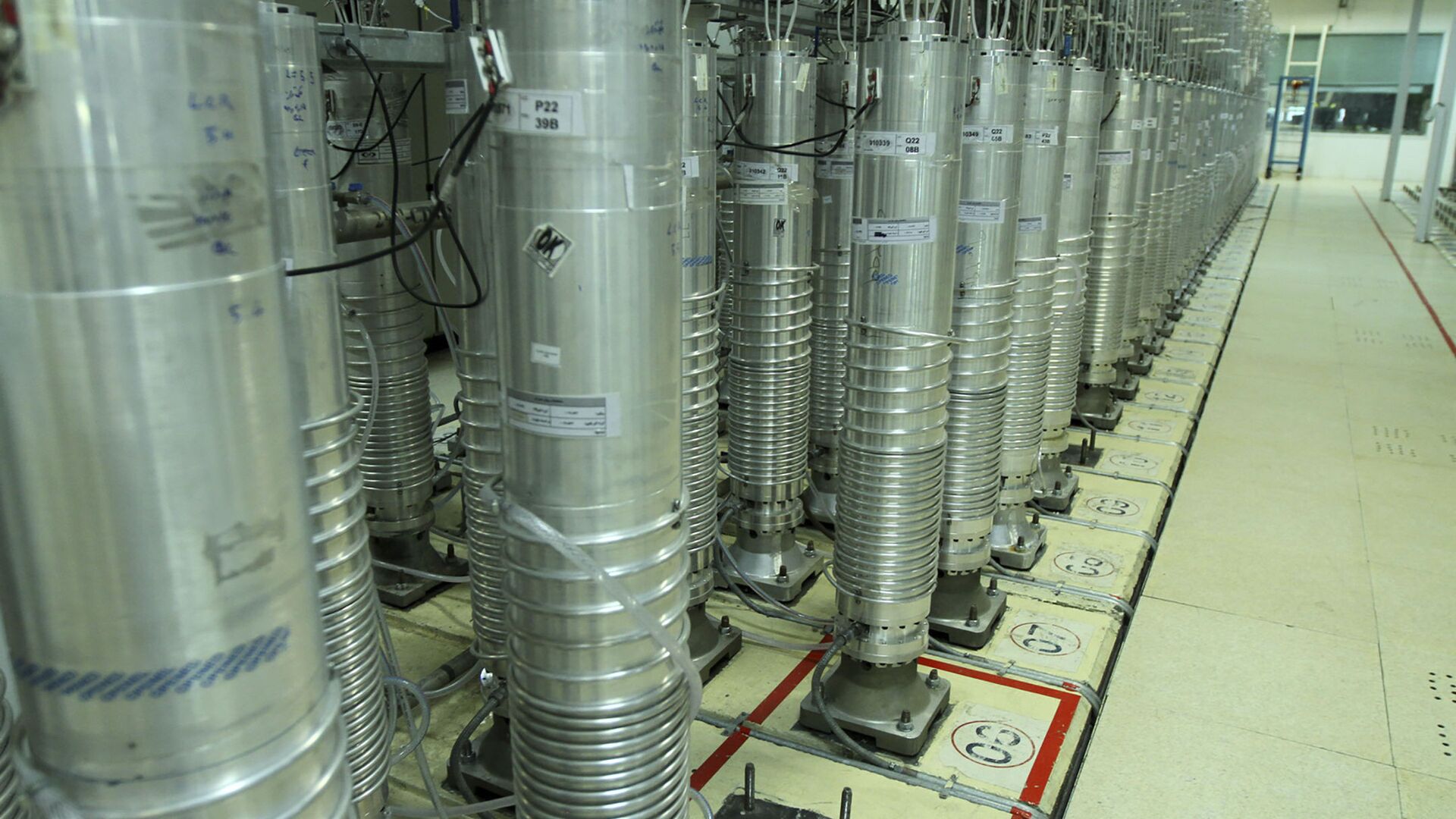Kazem Gharib Abadi, Iran's ambassador to the United Nations office in Vienna, said Monday that the attack on the Natanz Fuel Enrichment Plant would only result in the older uranium centrifuges being replaced with newer, more advanced ones.
"Enrichment in Natanz is not stopped," Abadi wrote on Twitter. "Iran will react including by planning to implement several technical measures which the [International Atomic Energy] Agency will be informed [of] this week. Replacement process of the damaged centrifuges, including with the same machines with more capacity, has immediately begun."
On Sunday, an explosion outside the Natanz plant temporarily shut off power to the facility, which produces enriched uranium for medical and power generation purposes. Tehran has denounced the incident as "nuclear terrorism" and blamed Israel, which in response has only reaffirmed its presumed right to attack Iran as "self-defense."
An Iranian Foreign Ministry spokesperson earlier identified the damaged centrifuges as IR-1s, the oldest such devices in use in Iran. According to the JCPOA, Iran is only allowed to operate the slow IR-1s at Natanz and only above ground, where they are more vulnerable to attack. However, last month, the IAEA announced that Iran had begun using more advance IR-4 centrifuges at Natanz, which are four times more efficient than the IR-1s, and that they had been moved underground.
Natanz was previously attacked in July 2020 in an apparent sabotage incident that destroyed an above-ground centrifuge workshop.
It's unclear which type of centrifuge will replace the damage IR-1s. However, the day before the most recent attack was Iran's National Day of Nuclear Technology, and Iranian President Hassan Rouhani announced that 164 IR-6 centrifuges had been brought online at Natanz, with another 30 beginning the preparation process.
The attack has come amid negotiations in Vienna aimed at reviving the JCPOA, which the US left in 2018 amid unsubstantiated claims Iran was in violation of the deal. After the US reimposed economic sanctions on Iran and forced its allies to comply, Tehran began backing away from the terms of the deal, which imposed strict limits on its uranium production and a renunciation of the pursuit of nuclear weapons. After US President Joe Biden took office earlier this year, it was anticipated he would depart from the policy of his predecessor, former US President Donald Trump, and return to the JCPOA. However, the US has so far been hesitant to do so, insisting Iran make the first move.
Israel has also claimed Iran has a secret nuclear weapons program, but Tehran has rejected the claims, saying the Shiite-led government opposes nuclear weapons on a religious basis.




